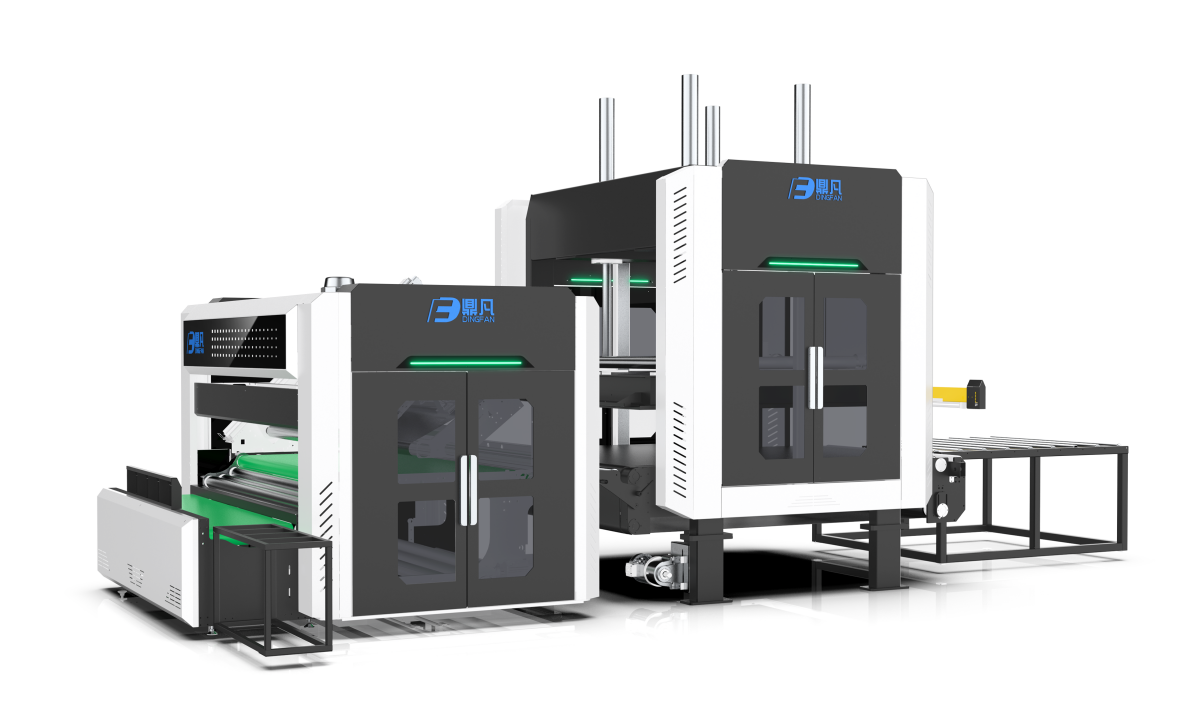
Delivering a well-packaged mattress is just as important as making a high-quality product. Poor packaging can lead to damage, customer complaints, and increased return rates.
So, how can you optimize the packaging process for different mattress sizes while ensuring efficiency and protection? Let’s explore.
Why Is Mattress Packaging Optimization Important?
📦 Optimized packaging helps manufacturers:
✔ Reduce material waste and costs.
✔ Improve transportation efficiency.
✔ Minimize damages and returns.
✔ Enhance customer satisfaction.
From twin to king-size, each mattress requires a tailored approach for efficient packaging.
1️⃣ Measure Mattress Dimensions and Weight Accurately
Understanding the exact size and weight of each mattress ensures precise packaging.
🔹 Key Considerations:
✔ Standard length, width, and height of each size.
✔ Thickness variations for different mattress models.
✔ Weight differences based on materials (memory foam vs. spring mattresses).
📏 Mattress Size Guide
| Size | Dimensions (inches) | Weight Range (lbs) |
|---|---|---|
| Twin | 38" x 75" | 40 – 50 lbs |
| Full | 54" x 75" | 50 – 70 lbs |
| Queen | 60" x 80" | 70 – 100 lbs |
| King | 76" x 80" | 90 – 150 lbs |
📌 Tip: Store size and weight data digitally to streamline packaging adjustments.
2️⃣ Choose the Right Packaging Materials
The right materials protect the mattress from dust, moisture, and damage during transit.
✅ Best Materials for Mattress Packaging
✔ Polyethylene (PE) Film – Lightweight, moisture-resistant.
✔ Shrink Wrap – Tightly seals mattresses, reducing bulk.
✔ Corrugated Cardboard – Extra protection for high-end models.
✔ Vacuum-Sealed Bags – Compresses mattresses, reducing storage space.
🛑 Avoid Poor-Quality Packaging That Leads to:
✖ Tears and exposure to dirt or moisture.
✖ Bulky packaging that wastes shipping space.
✖ Loose-fitting materials that cause movement in transit.
📌 Tip: Use custom-sized packaging for each mattress type to minimize excess materials.
3️⃣ Use Space-Saving Packaging Techniques
Efficient packaging methods allow more mattresses to fit in each shipment.
🔹 Popular Space-Saving Techniques:
✔ Vacuum Compression – Reduces air volume, making foam mattresses easier to handle.
✔ Rolling & Folding – Ideal for memory foam mattresses, reducing space by up to 60%.
✔ Flat Packing – Best for spring mattresses, ensuring structural integrity.
| Mattress Type | Best Packaging Method |
|---|---|
| Memory Foam | Vacuum-sealed and rolled |
| Hybrid | Vacuum-sealed and boxed |
| Spring Mattress | Flat-packed with cardboard |
📌 Tip: Use automated compression machines for consistent size reduction.
4️⃣ Customize Packaging for Each Mattress Size
Not all mattresses fit into a one-size-fits-all packaging solution. Custom packaging reduces wasted space and improves protection.
🔹 Customization Features to Consider:
✔ Reinforced corners for heavier mattresses.
✔ Extra padding for luxury models.
✔ Tear-resistant outer layers for long-distance shipping.
📌 Tip: Automated cutting machines can adjust materials to fit each mattress size precisely.
5️⃣ Invest in High-Quality Packaging Machines
Packaging machines increase efficiency and ensure consistency across different mattress sizes.
✅ Recommended Packaging Equipment:
✔ Vacuum Packaging Machine – Removes air and compresses foam mattresses.
✔ Shrink Wrapping Machine – Seals mattresses with plastic film.
✔ Boxing Machine – Prepares spring mattresses in custom-sized boxes.
✔ Sealing & Labeling Equipment – Ensures secure wrapping and proper identification.
🔹 Benefits of Automation
✅ Faster packaging process (reducing labor costs).
✅ Precise sealing and cutting for different mattress sizes.
✅ Minimized material waste with precise measurements.
📌 Tip: Automate as much as possible to improve efficiency and consistency.
6️⃣ Train Staff for Proper Handling
Proper training ensures less damage, fewer mistakes, and higher efficiency.
📌 Key Training Topics:
✔ Proper use of packaging machines.
✔ How to handle mattresses without causing damage.
✔ Quality control checks before sealing.
📌 Tip: Provide ongoing training and refreshers to keep staff updated on best practices.
7️⃣ Implement Quality Control Measures
💡 Quality checks prevent shipping damaged products to customers.
🔹 Pre-Shipment Checklist:
✔ Check packaging integrity – No tears, loose seals, or weak areas.
✔ Verify compression levels – Ensure proper vacuum sealing.
✔ Ensure correct labeling – Size and model must match the package.
📌 Tip: Assign a quality control manager to inspect random shipments for accuracy.
8️⃣ Optimize Storage & Shipping Logistics
Proper warehouse organization prevents damage and speeds up order fulfillment.
🔹 Best Practices for Mattress Storage:
✔ Stack compressed mattresses to maximize space.
✔ Use barcode labels for easy tracking.
✔ Store heavier mattresses on lower shelves to prevent crushing.
🚚 Shipping Optimization:
✔ Use route-planning software for efficient delivery.
✔ Maximize truck space with compressed packaging.
✔ Ensure proper ventilation in storage and transport.
📌 Tip: Choose sustainable packaging to reduce shipping weight and cut transportation costs.
Conclusion
By optimizing the mattress packaging process, manufacturers can:
✅ Reduce costs through material efficiency.
✅ Improve shipping logistics with space-saving techniques.
✅ Ensure customer satisfaction with secure, damage-free products.
Investing in automated packaging machines, proper training, and quality control ensures a smooth and efficient operation. 🚀
Get in touch with us for tailored solutions! We look forward to collaborating with you and shaping a brighter future together!
📞 | WhatsApp:+86 15220512074
📧E-mail:zhongliantec@gmail.com
Web | Link:mattressmachineryzl.com
